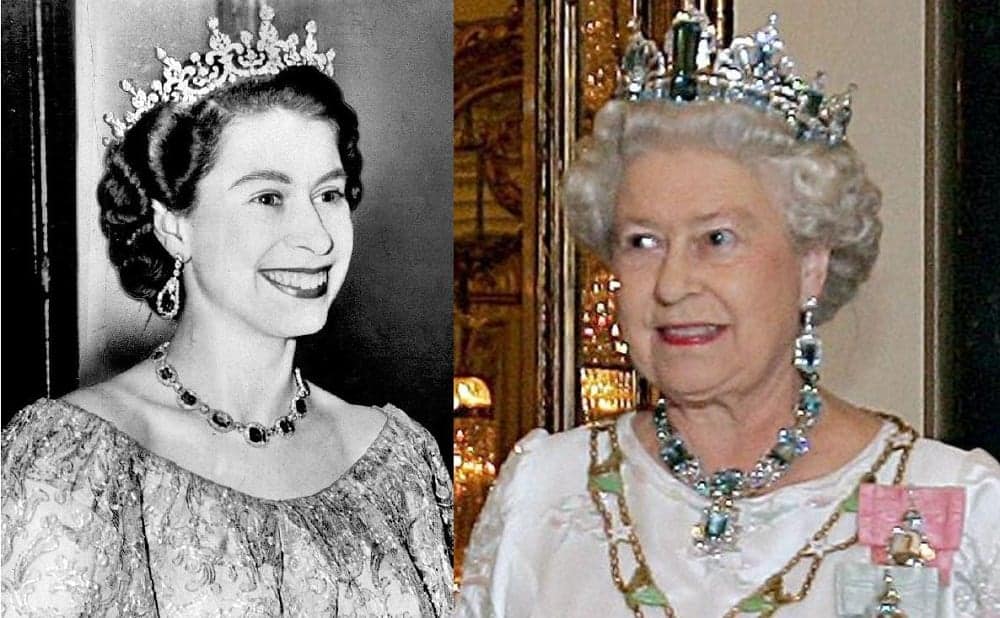
Queen Elizabeth II
By Bea Patel, TLE Property Editor and Director of Shop for an Agent
Her Majesty the Queen will be 90 years old today (21 April 2016). Since Queen Elizabeth II was born, in 1926, average UK house prices have risen from £619 to £291,504 (based on the latest month’s ONS figures). This implies a 47,021 per cent rise in average UK house prices.
Between 1926 and the outbreak of World War II in 1939, figures by Jackson-Stops & Staff show average UK house prices increased to £659, a rise of only £40.
In 1953, the year of the Queen’s Coronation, house prices rose threefold to £2,006 – a rise of £1,347 since World War II. And by 1966 when England one the World Cup, prices reached £3,840 – a rise of £1,834 since the Queen’s Coronation.
A decade later (Graph 2 below), in 1976 when Britain experienced an exceptionally hot summer, average house prices had risen to a staggering £12,704 – a rise of £8,864 from when England one the World Cup in 1966.
The year Mike Tyson won his first boxing title in 1986, house prices had risen to an average of £36,276 – a rise of £23,572 since 1976. And in 1996 when the Spice Girls released their debut single, house prices had hit £69,889 – a rise of £33,613 since 1986.
By 2006, the average UK house prices rose to £192,648 – a massive 276 per cent rise over the past ten years. House prices have now risen to a UK average of £291,504 as reported in the latest ONS House Price Index.
Over the span of Her Majesty the Queen’s life, average house prices across the UK have risen by a phenomenal £290,885.
A country house for sale on the Cornish coast in April 1926 was advertised in the Country Life Magazine.
The home was set in two acres of land and had eight bedrooms and three reception rooms. It was on the market for £6,200. Jackson-Stops & Staff now value this at £1.5m, and at £2.5m if there was planning permission to demolish it and replace it with luxury apartments.
With the massive price increase clearly apparent, the advert also shows changes in the way property is advertised now. Back then, the unique selling points focused on electric lighting, stabling and nearby hunting grounds which was in demand in those days. Fast forward to today, 90 years later, and the trend has shifted to underfloor heating, spacious open plan properties and whether the property is close to train stations and entertainment areas.